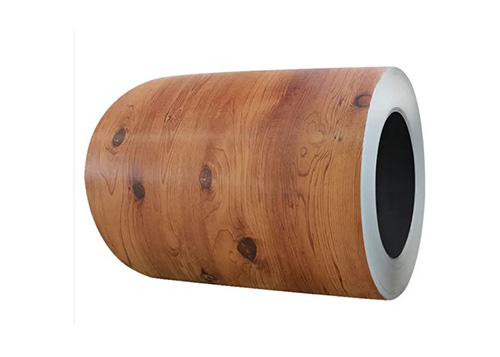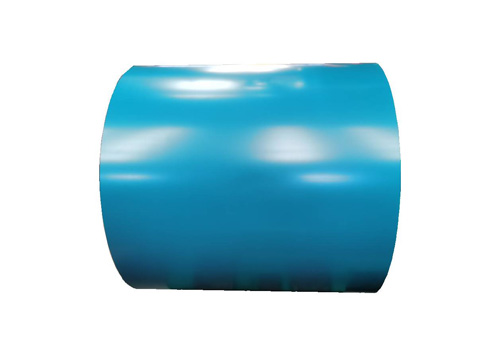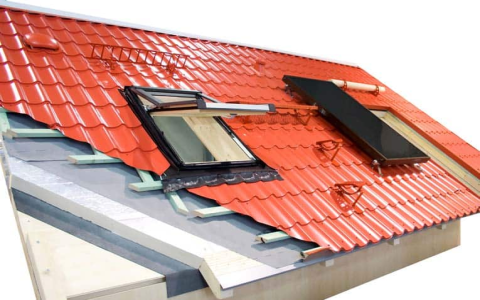Alright, so you wanna know about this gauge to mm thing, huh? It’s like this, you got somethin’ you wanna measure, like a piece of metal or somethin’, and you gotta figure out how thick it is. Some folks, they use this “gauge” thing. I tell ya, it ain’t the easiest thing to understand.
Gauge to mm, what’s the big deal? Well, it’s like tryin’ to figure out how many potatoes you got in a sack when someone tells you the weight in pounds and you only know kilos. You gotta do some figurin’, you see?
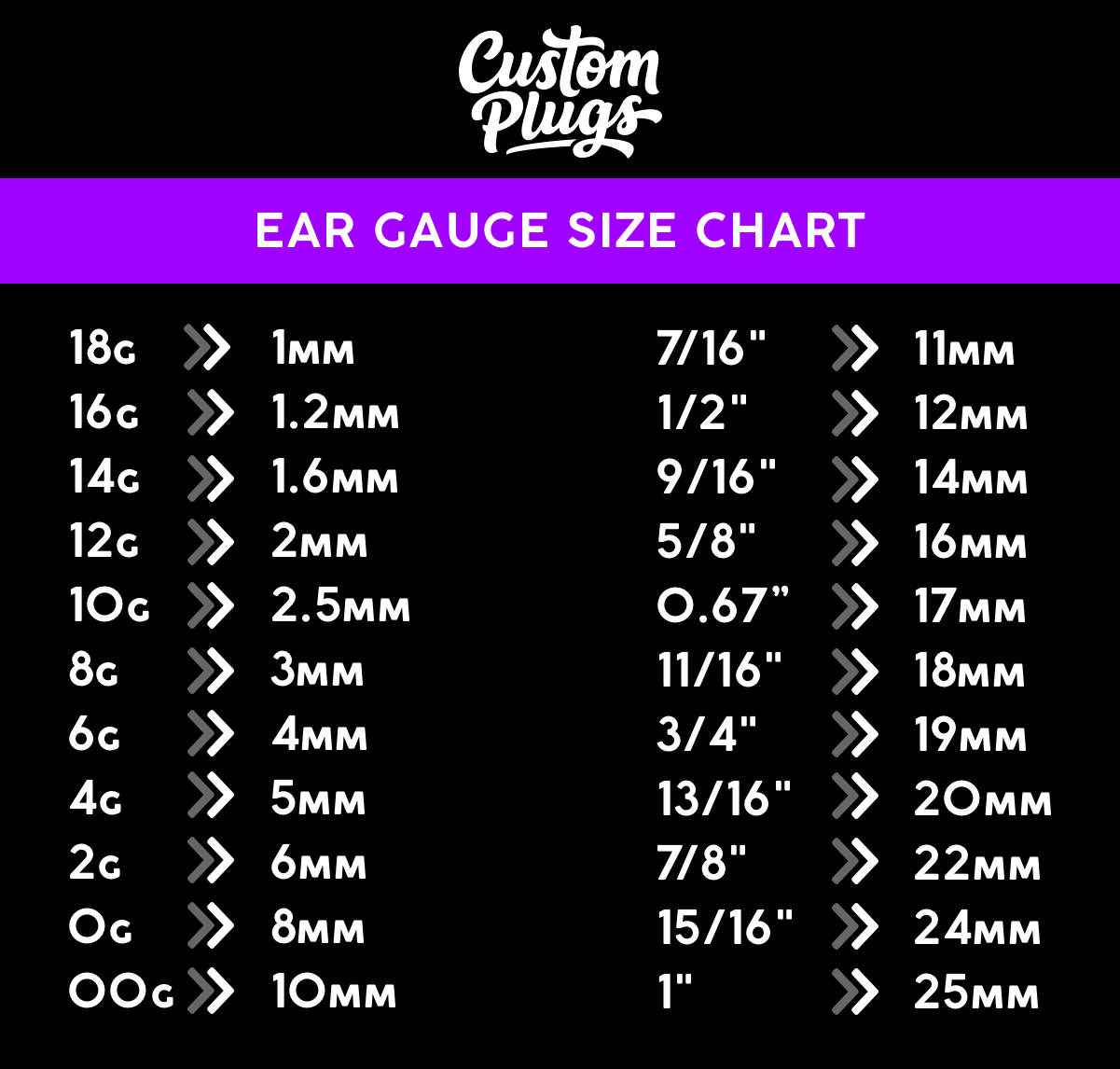
Now, this “mm” thing, that’s easier. It just means millimeters, like how we measure stuff with a ruler, you know? So, if somethin’ is 10 mm thick, it’s like, well, 10 of those little lines on a ruler. Easy peasy.
But then there’s this gauge. It’s like they made it up just to confuse us old folks. The smaller the gauge number, the thicker the stuff is. Go figure! Like, a 10 gauge is thicker than a 20 gauge. Makes no sense, right?
- 20 Gauge: Now, from what I gather, this 20 gauge thing, it’s about how thick a piece of metal is. Like, if you’re buyin’ sheet metal or wire. It ain’t the thickest, but it ain’t the thinnest neither. It’s somewhere in the middle, you know? Good for lots of things, I reckon.
- How to convert: Now, they say there’s a way to figure out the mm from the gauge. Something about dividin’ and multiplyin’. Honestly, I just use one of them online calculators. You just punch in the gauge, and it spits out the mm. Much easier than all that fancy math.
- Why it matters: Well, if you’re buildin’ somethin’, you gotta know how thick the stuff is, right? You don’t wanna use somethin’ too thin that’ll break, and you don’t wanna use somethin’ too thick that’s too heavy or too expensive. So, knowing the gauge or the mm, that’s important.
They say that you can take that gauge number and do some kinda division to get the thickness in “microns,” and then you divide that by a thousand to get millimeters. Sounds like a whole lotta trouble to me. I say, just use the calculator and be done with it.
It’s like when you’re cookin’, sometimes you gotta convert cups to ounces or somethin’. It’s all just a way of measurin’ stuff, just different ways of doin’ it. Some folks like the gauge, some folks like the mm. To each their own, I say.
But if you ask me, mm is way easier. It’s straightforward, you know? 20 mm is 20 mm. No fuss, no muss. This gauge, though, it’s always a guessing game. Is it thick? Is it thin? Who knows!
So, there you have it. Gauge to mm, explained as best as this old woman can. If you still don’t get it, don’t worry. Just use the calculator. That’s what I do. And trust me, I’ve been around long enough to know what’s easy and what’s hard. And this gauge thing? It ain’t easy.
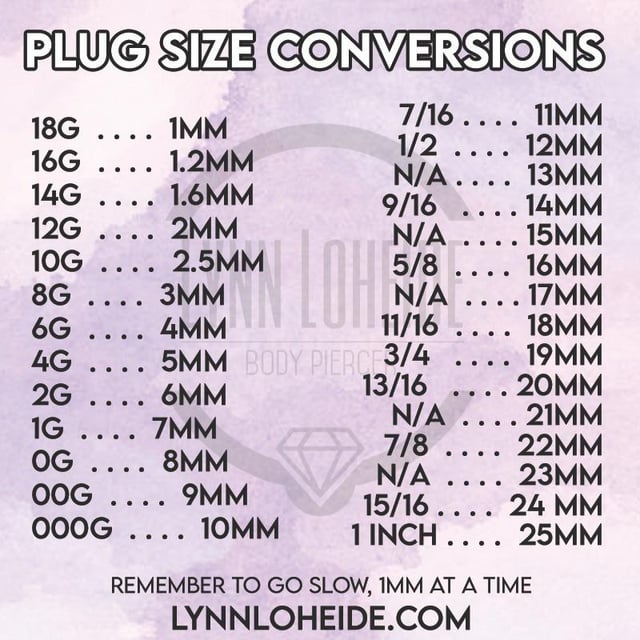
In short, if you see “mm,” that’s like usin’ a ruler. If you see “gauge,” well, you might need to do some figurin’ or just use that fancy calculator. And remember, the smaller the gauge number, the thicker the stuff is. Don’t ask me why, that’s just how they made it. Seems backwards to me, but what do I know? I’m just an old woman tryin’ to make sense of this crazy world.
Remember, whether you’re working with sheet metal, wire, or plastic, understanding how gauge translates to mm is key to getting the right materials for your job. It’s all about knowing how thick or thin your material is, so you can choose the right stuff and get the job done right.
Tags: [gauge, mm, conversion, thickness, measurement, sheet metal, wire, calculator]
